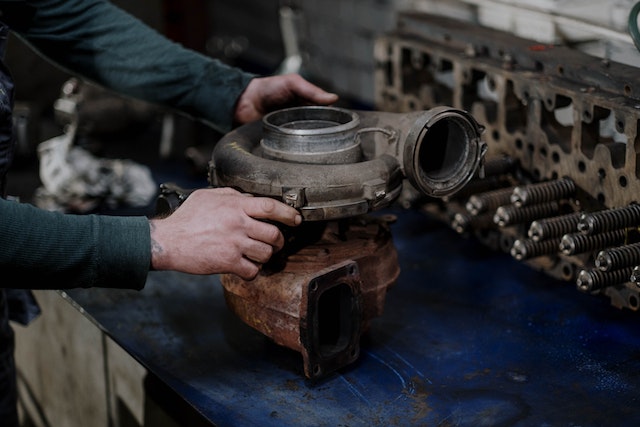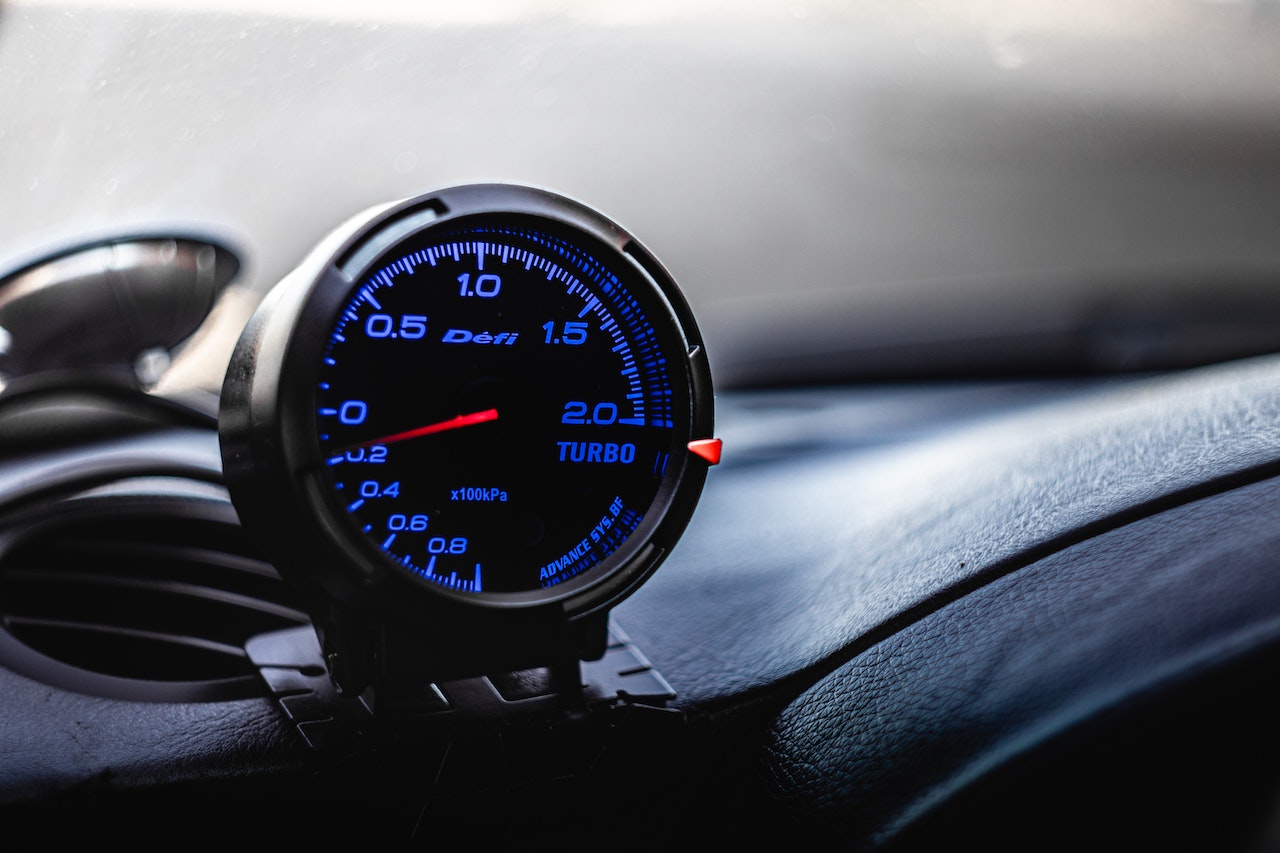What is a turbocharged engine? An internal combustion engine that uses a turbocharger to enhance the amount of air entering the engine is known as a turbocharged engine.
The turbocharger is an apparatus that pressurizes intake air by spinning a turbine using exhaust gases to power a compressor.
Compared to naturally aspirated engines, this compressed air has more oxygen molecules, which enables more fuel to be burned and more power to be produced. High-performance automobiles frequently use this technology, as do many diesel ones.
They are also utilized in various marine and aircraft engines. Turbocharging has benefits like higher power output, better fuel economy, and lower pollutants.
However, turbochargers can also raise an engine’s complexity and cost, and their design must be carefully considered.
What Is A Turbocharged Engine?
Turbocharged engines have been around since the early 20th century but were primarily used in aircraft engines.
In the 1960s, they became more prevalent in racing cars, and in the 1980s, they started to be used in production vehicles.
Today, turbocharged engines are commonly found in many types of vehicles, from economy cars to high-performance sports cars.
Turbocharging works by compressing the air that enters the engine, which increases its density. This denser air allows more fuel to be added to the combustion process, resulting in a more powerful explosion and increased power output.
The turbocharger is a turbine driven by exhaust gases from the engine. The turbine spins a compressor, compressing the incoming air before entering the engine’s cylinders.
One of the primary advantages of turbocharged engines is their ability to produce more power from a smaller displacement engine.
This can result in better fuel efficiency. The engine works less hard to produce the same amount of power as a larger, naturally aspirated engine.
Turbocharged engines can also be tuned to produce more power than a non-turbocharged engine of the same size.
However, there are some downsides to turbocharged engines as well. They can be more complex and expensive to maintain, as they have more parts than a non-turbocharged engine.
Additionally, turbochargers can generate a lot of heat, which can be problematic in hot climates.
Some drivers also complain of turbo lag, which is a delay in throttle response due to the time it takes for the turbocharger to spool up and begin compressing the air.

1- The Advantages and Considerations of Turbocharged Engines in High Altitude Performance and Beyond:
Turbocharged engines can also perform better at high altitudes, where the air is thinner and naturally aspirated engines struggle to maintain power.
Because of this, drivers who work or live in mountainous areas frequently choose to use them.
In recent years, turbocharging has been used in conjunction with other technologies, such as direct fuel injection and hybrid powertrains, to enhance performance and efficiency further.
Turbocharged motors can likewise be tuned to create shifting degrees of force yield, contingent upon the necessities of the driver.
Different turbocharger options for the same engine are available from some manufacturers, allowing drivers to choose between more power and better fuel economy.
Emissions reduction is another advantage of turbocharged engines. The turbocharger helps the motor burn fuel more efficiently by increasing the air entering the engine.
This reduces the amount of unburned hydrocarbons and other pollutants released into the environment. By enabling smaller engines to produce the same amount of power as larger engines, turbocharged engines can also assist in meeting fuel economy standards.
Compared to non-turbocharged engines, turbocharged engines require more upkeep, despite their advantages.
For instance, the engine’s oil and air filters must be changed more frequently to prevent debris from damaging the turbocharger. The turbocharger itself needs to be inspected regularly for wear and damage.
A turbocharged engine, on the other hand, can last for many years with proper upkeep and care.
In general, turbocharged engines offer a power-efficiency ratio that many drivers find appealing.
Unsurprisingly, they have grown to be such a popular option in today’s automotive market because of their capacity to produce more power from a smaller engine and their potential for improved fuel economy and emission reduction.
3- Weighing the Pros and Cons: Understanding Turbocharged Engines in Modern Vehicles:
Turbocharged engines may produce more heat than naturally aspirated engines, which is one potential drawback.
This heat can be a problem in hot climates because it can make the engine overheat and reduce performance.
Intercoolers, which cool the compressed air before it enters the engine, are included in many contemporary turbocharged engines to combat this issue.
This helps lower the air temperature, preventing overheating and enhancing performance.
Turbo lag is another potential issue with turbocharged engines. When there is a delay between pressing the accelerator pedal and the turbocharger spinning up and producing more power, this condition is known as turbo lag.
This lag can make the engine feel less responsive than a naturally aspirated engine, and it can be especially noticeable at lower RPMs.
However, the smaller, more responsive turbochargers found in modern turbo engines can aid in reducing lag.
Additionally, turbocharged engines necessitate more upkeep than naturally aspirated engines.
The engine’s oil and air filters must be changed more frequently to prevent debris from damaging the turbocharger. The turbocharger itself needs to be inspected for wear and damage regularly.
In addition, proper operation of turbocharged engines necessitates the use of fuel and oil of a high quality, which can drive up the cost of maintenance.
Many drivers continue to choose turbocharged engines despite these potential drawbacks.
They offer a compelling combination of performance and economy due to their ability to produce more power at a lower fuel consumption than naturally aspirated engines.
We anticipate seeing an increasing number of vehicles with turbo engines in the coming years as manufacturers refine and improve their technology.
Turbo Triumph: Revving Up the Future of Automotive Performance and Efficiency
In conclusion, turbocharged engines outperform naturally aspirated ones in power and efficiency, making them increasingly popular in the automotive industry.
They function by compressing the air that enters the engine. This makes the air more dense and makes adding more fuel to the combustion process possible.
While turbo engines may have some potential drawbacks, such as generating more heat and requiring more maintenance, these issues can be mitigated with proper care and maintenance.
We anticipate seeing more widespread use of turbocharged engines as manufacturers refine and improve their technology.
Hope that we have covered the question of what is a turbocharged engine for you, and invite you to use the comments box below for any additional inquiries.
